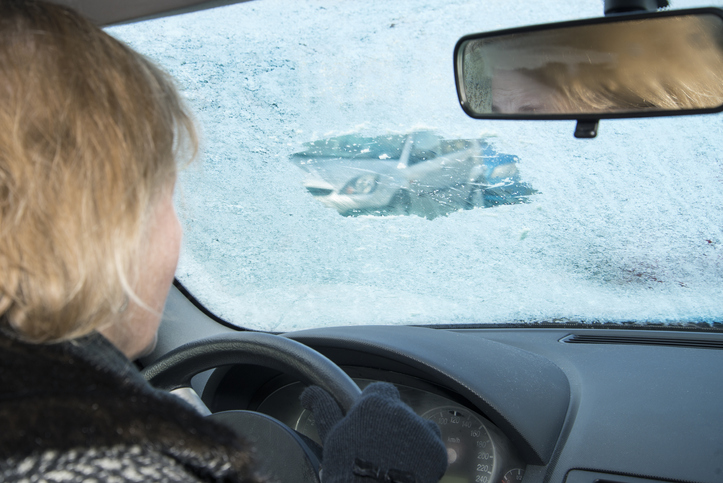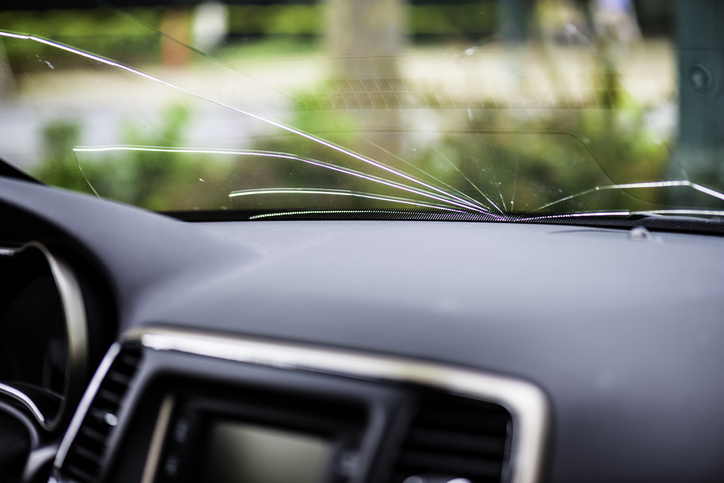Modern vehicles rely heavily on advanced driver assistance systems (ADAS) to keep drivers safe. Features like lane departure warning, adaptive cruise control, and automatic emergency braking all depend on cameras and sensors mounted near the windshield. If those sensors are even slightly misaligned, these safety systems may not work as intended, putting you and others at risk.
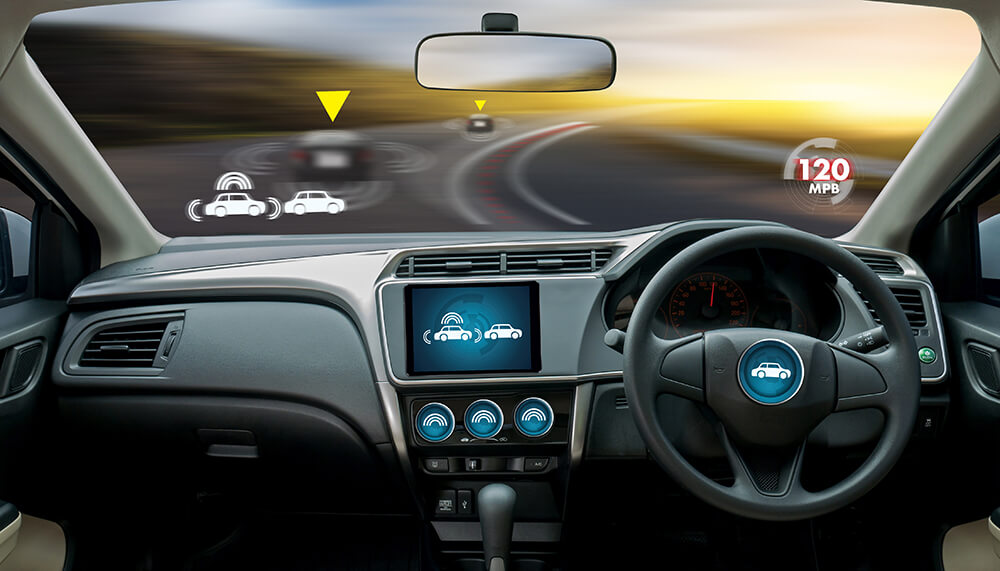
As a local auto glass repair shop in Brampton, we see this every day. Drivers come to us not just for windshield replacement, but also for the calibration that keeps ADAS features working as designed.
In this guide, we’ll break down what windshield calibration is, when it’s needed, how the process works, and what it typically costs. You’ll also find answers to common questions about insurance coverage, service duration, and why recalibration after windshield replacement is essential.
What is Windshield Calibration or ADAS Calibration?
Advanced Driver Assistance Systems (ADAS) are built into most modern vehicles to improve safety and reduce accidents. These systems rely on cameras and sensors, many of which are mounted on or behind the windshield. They help the car “see” the road, detect lane markings, recognize traffic signs, and gauge the distance between vehicles.
When a windshield is replaced or the sensors shift out of alignment, those features can stop working accurately. Windshield calibration, sometimes called auto glass calibration or ADAS calibration, is the process of adjusting, testing, and fine-tuning the sensors so they meet the manufacturer’s exact specifications. This ensures the car’s safety systems function as intended.
The terms calibration and recalibration are often used interchangeably. Calibration refers to the original alignment, while recalibration means repeating the process after a windshield replacement, repair, or event that may have knocked the sensors out of place.
To make sure ADAS features work properly, Auto Glass Pro Brampton installs Original Equipment Manufacturer (OEM) windshields whenever possible, since they’re manufactured to match factory dimensions and coatings that keep ADAS sensors accurate. For drivers looking for a more budget-friendly option, we also supply high-quality aftermarket glass. Our team takes the time to explain both choices, helping clients decide which option best fits their vehicle, safety requirements, and budget.
How Does Windshield Calibration Work?
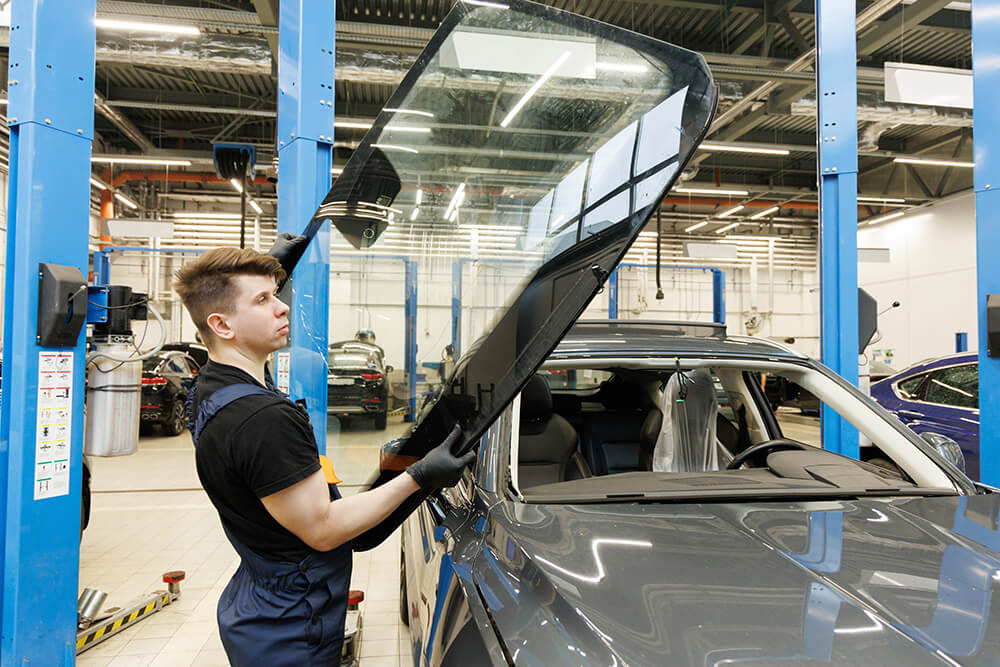
Drivers sometimes ask how to calibrate a windshield, and the answer is that it requires specialized tools and training. It’s not something that can be done at home.
Windshield calibration is performed in one of two ways: static or dynamic. In a static calibration, the vehicle is parked in a workshop where technicians set up special targets and laser equipment in front of the car. The cameras and sensors are then adjusted to align precisely with these reference points.
A dynamic calibration takes place on the road. The technician drives the vehicle at a set speed under specific conditions, allowing the ADAS system to detect lane markings, road signs, and other reference points. The sensors adjust in real time until they meet the manufacturer’s standards.
During either process, technicians check sensor alignment, camera angles, and visibility to confirm accurate readings. They follow factory specifications for each make and model, since requirements vary widely. Most calibrations take under an hour, and drivers can expect a clear confirmation once all systems are operating correctly again.
For added convenience, Auto Glass Pro Brampton provides mobile auto glass services across Brampton at no extra cost, so calibration can be completed wherever it’s easiest for our customers.
When is Calibration Needed?
Calibration isn’t a one-time task. It becomes necessary anytime the sensors that support ADAS features could be out of alignment. The most common situation is recalibration after windshield replacement or other auto glass work. Since many cameras are attached directly to the glass, even a slight shift can throw off their accuracy.
A collision or impact, even a minor one, can also disturb sensor positioning. In these cases, recalibration of the windshield restores the cameras to factory specifications.
Drivers should also schedule calibration if warning lights or error messages appear on the dashboard. These signals often indicate the system can’t detect the road correctly.
Additionally, if you notice ADAS features like lane-keeping assistance or automatic emergency braking acting inconsistently, it may point to a misalignment. Recalibration brings these systems back into sync, helping your car’s safety technology perform as intended.
Do I Need to Recalibrate After Each Windshield Replacement?
Proper calibration is both a safety requirement and a legal one, as many manufacturers mandate recalibration any time the windshield is replaced.
Auto glass today is designed to work hand in hand with onboard cameras and sensors. When a new windshield is installed, the exact position, thickness, and clarity of the glass can differ slightly from the original. Even small changes can alter how the sensors read the road.
Without recalibration, the vehicle’s advanced safety features can misjudge distances or fail to recognize obstacles. That can delay automatic braking by crucial seconds, cause lane-keeping systems to drift, or make adaptive cruise control less reliable in heavy traffic.
Beyond safety, performance suffers too. Features like parking assist, blind-spot monitoring, or traffic sign recognition may stop working altogether, leaving you without the convenience your car was designed to provide.
How Long Does It Take to Calibrate a Windshield?
A straightforward calibration can often be completed in 30–60 minutes. However, if paired with a windshield replacement, expect a total of 1–2 hours, including glass removal, installation, curing, and recalibration. For complex vehicles, the process may stretch longer, particularly if additional system checks or road tests are required.
Cutting corners on calibration time or cost can compromise the effectiveness of ADAS features. Even a slight misalignment can mean a lane departure system fails to detect road markings or automatic braking doesn’t engage quickly enough.
How Much Does It Cost to Calibrate a Windshield?
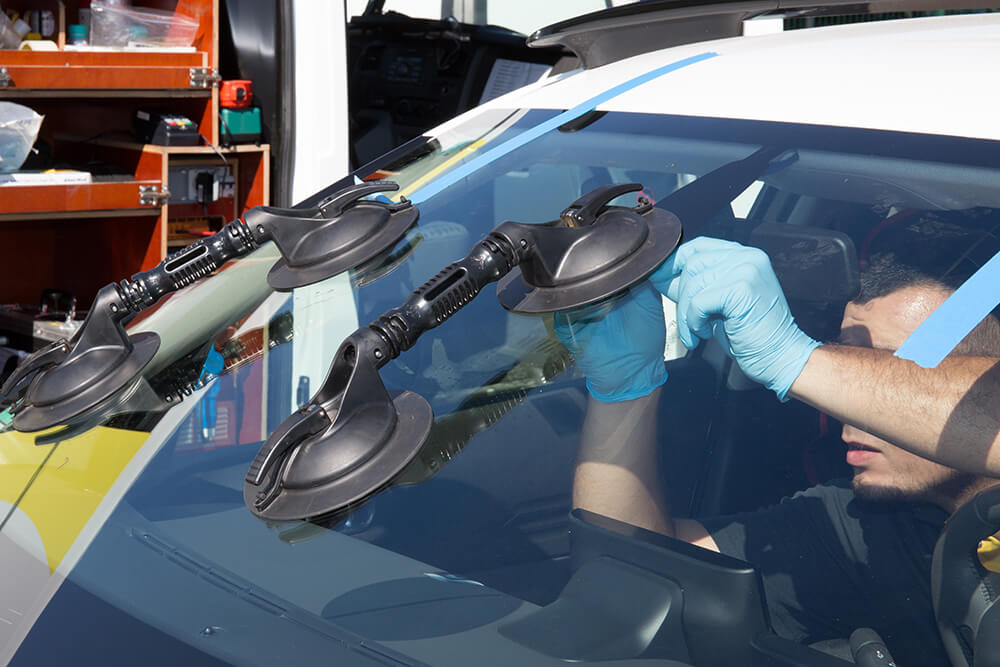
For many standard vehicles, windshield calibration (or ADAS calibration) typically costs $300 to $600 when done at a certified auto glass shop. Dealerships or shops dealing with luxury brands may charge $500 to $1,200 or more, especially for complex sensor setups.
Higher-end vehicles require more sensitive calibration tools, longer setup, and in some cases, both static and dynamic recalibration in the same service. The exact price will depend on several factors:
- Vehicle make and model — Some brands, like BMW, Mercedes, or Tesla, use advanced ADAS systems with more calibration points than a standard sedan.
- Type of calibration — Static calibration involves workshop targets and laser systems, while dynamic calibration requires controlled driving conditions. Some vehicles require both, adding to the cost.
- Number and type of sensors — A simple forward-facing camera costs less to align than multiple cameras, radar sensors, or lidar.
At Auto Glass Pro Brampton, we keep pricing transparent and competitive. We provide free quotes and estimates so drivers know what to expect before booking a service. With our 10% price-beat guarantee on competitor quotes, you won’t find a better deal on professional auto glass service.
Does Insurance Cover Windshield Calibration?
In Canada, insurance coverage for windshield calibration is not always provided, but it is often included if your policy has the right protection. Most major insurers will cover calibration under comprehensive or glass damage coverage, since ADAS sensors are directly tied to the windshield. Auto glass shops across the country now work closely with insurers, submitting claims that bundle calibration with the replacement.
In provinces with public systems, such as British Columbia, ICBC has been known to cover recalibration for forward-facing cameras when a windshield is replaced. That said, there are important caveats:
- Policy terms matter: Some plans only cover the glass replacement itself, not the recalibration.
- Approved shops: Insurers may require calibration to be done at certified repair facilities.
- Deductibles: If the calibration cost is less than or close to your deductible, you may end up paying out-of-pocket costs.
At Auto Glass Pro Brampton, we help customers navigate this process by working directly with insurers. In many cases, we can even cover up to 100% of your deductible, making windshield replacement and calibration more affordable while still meeting manufacturer and insurance requirements.
Tips for Maximizing Your Chance of Getting Coverage
- Call your insurer before doing the work. Ask specifically whether calibration is included under your glass or comprehensive coverage.
- Get a written estimate from the calibration shop that segregates the cost of calibration from the glass work. Use that in your claim.
- Use an approved shop if your insurer has a list. It reduces friction in claims.
- Document everything, including photos, invoices, and calibration reports. If they challenge coverage, you have evidence.
- Understand local or regional differences. In some countries or states, insurer practices or regulations differ.
Drive Safe with Proper Windshield Calibration
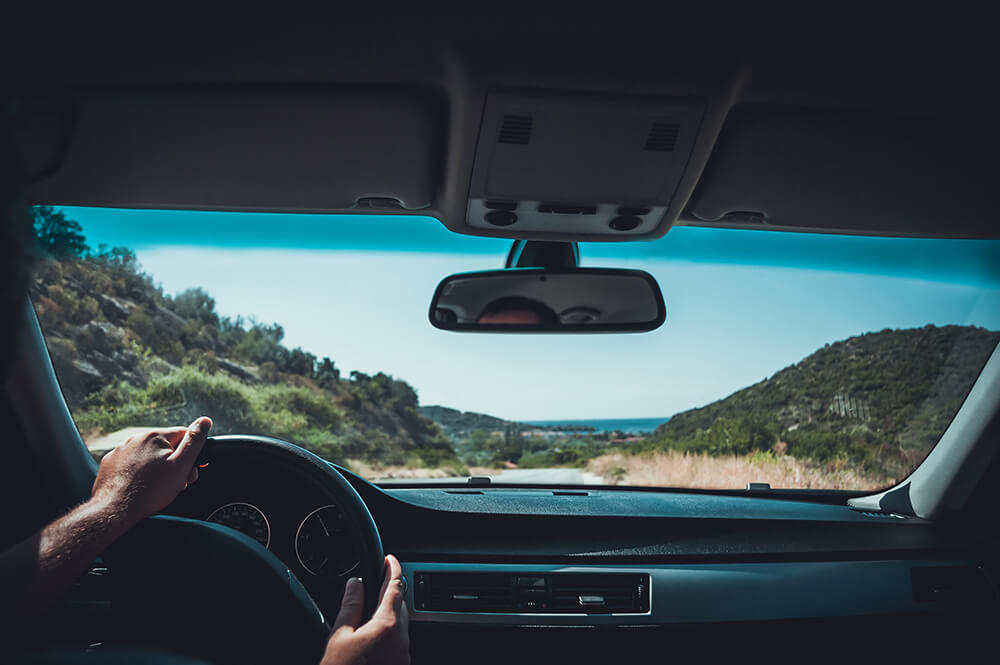
As vehicles become more advanced, calibration will only grow in importance. Today’s systems already rely on precise sensor alignment, and future models will add even more technology behind the glass. That means working with the right auto glass shop gives you confidence that both the windshield and the systems behind it are performing exactly as they should.
At Auto Glass Pro Brampton, we handle the full job—replacing the glass, recalibrating the system, managing the insurance paperwork, and bringing mobile service to you at no extra cost. Our goal is simple: get you back on the road quickly, with your vehicle’s safety systems calibrated to factory standards.

